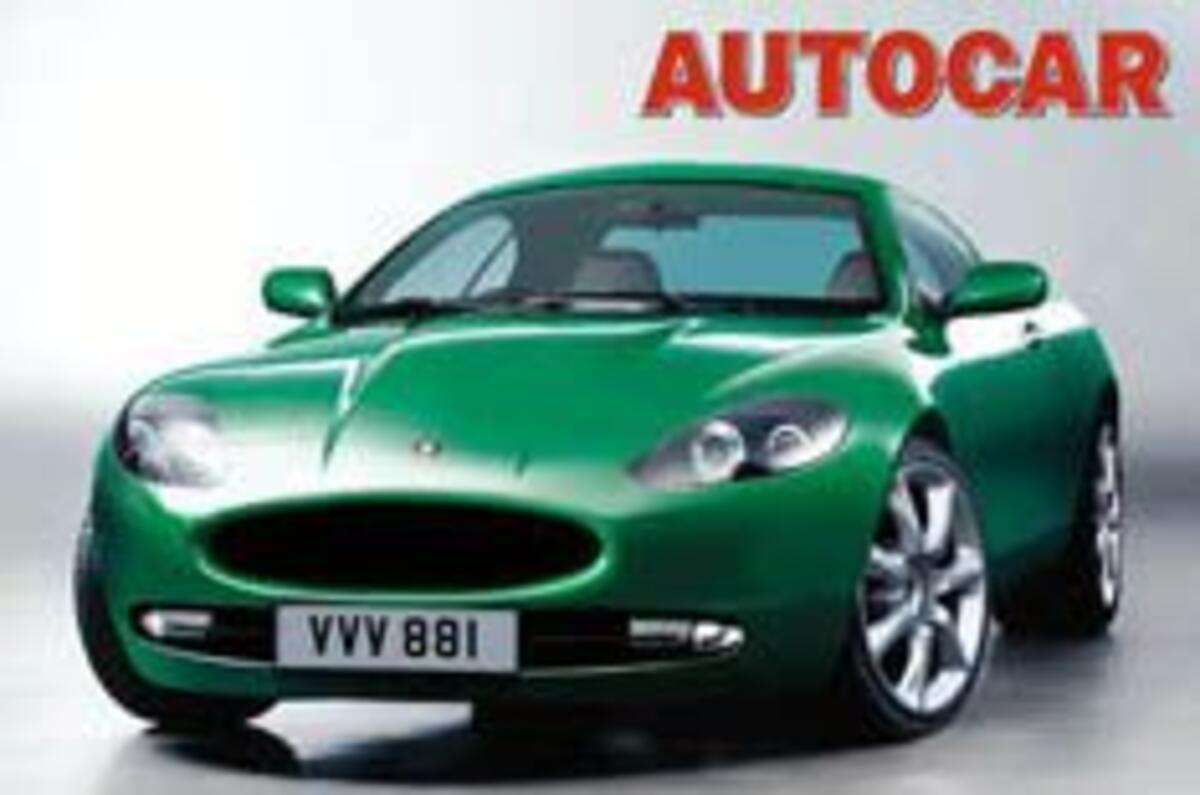Jaguar is heading for a high-tech future with two more of its model range switching to lightweight aluminium construction.
Next year’s XK8 replacement will be the second alloy Jag, followed in 2007 by the new S-type. The shift to riveted alloy construction for the bulk of Jag’s models also increases the likelihood of the next-generation X-type switching to the radical construction method. Such a move on a higher-volume production model would give Jaguar’s junior model, being developed under the X450 codename, a unique technical advantage against rivals like the BMW 3-series and Audi A4.
Meanwhile, Jag’s engineers are working flat out engineering the new XK8, scheduled to start production in late 2005, although customer cars are unlikely in any volume before 2006. According to insiders who’ve seen the finished car, the new XK8 will feature much more muscular styling than the graceful and flowing lines of today’s car. A rising beltline will give the new XK what designers call ‘wedge’ – classic performance car styling – with aggressive shoulders and wheelarches over the rear wheels.
One insider likens the look to the Aston Martin DB7, Jaguar design boss Ian Callum’s best creation. ‘But the car has its own very distinct character, with nose treatment and rear lights very much Jaguar and nothing like an Aston,’ said a source.
At the front, the nose is characterised by the oval grille of the E-type and single-piece, faired-in headlights, while the rear of the coupé bodystyle has a long, sloping roofline and short ‘bustle’ boot over a tight rear overhang.
Underpinning this purposeful styling is a development of the Jaguar XJ’s riveted-alloy unibody. Although Jag’s engineers started with a plan to maintain as much commonality as possible with the saloon, the specific requirements of a coupé bodyshell have forced the company to engineer a largely unique architecture for project X150. Jaguar is sticking to a canvas roof for the cabrio, allowing Jag’s engineers to keep a practical boot and small rear seat, details that XK8 customers value.
Greater engineering commonality has been achieved with the high-cost powertrain and running gear. So the new XK will share engines, gearboxes, front and rear suspension with air spring units and rear diff with the XJ.
A V6 XK6 has been ruled out because it would cheapen the XK’s upmarket image. By launch time in late 2005, Jaguar will have revisions of its AJV8 powerplants in the pipeline, so expect the 4.2-litre V8 to make close to 320bhp and the supercharged V8 in the XKR closer to 450bhp.




Add your comment